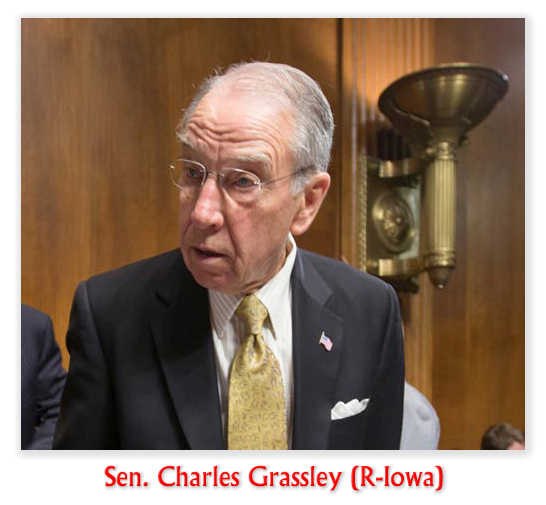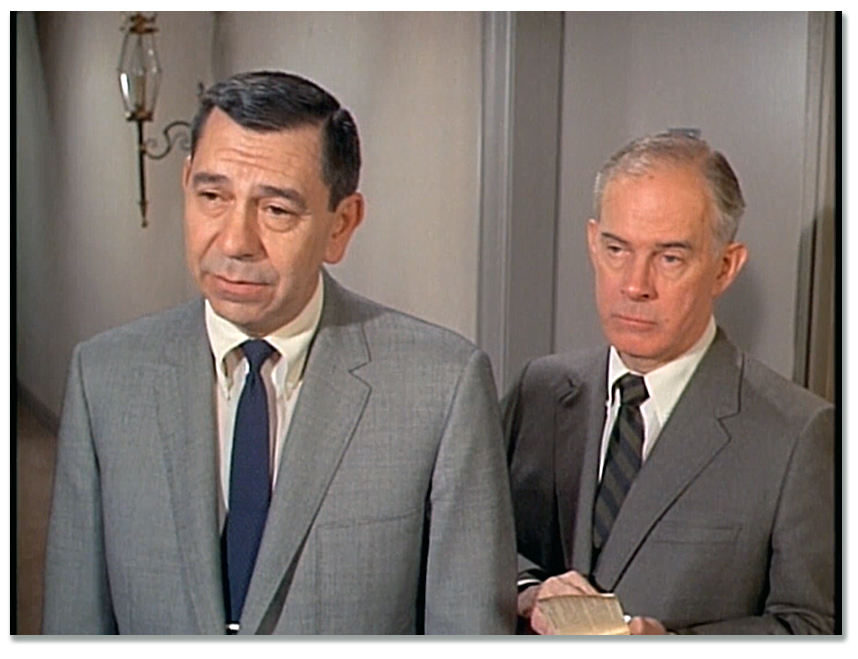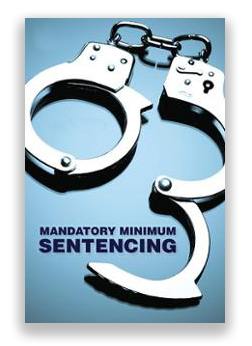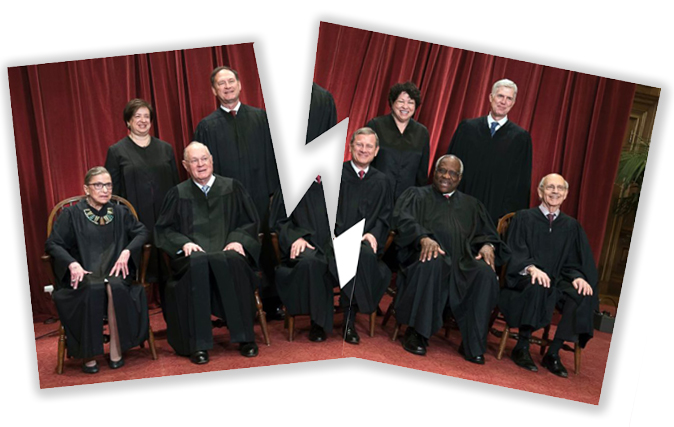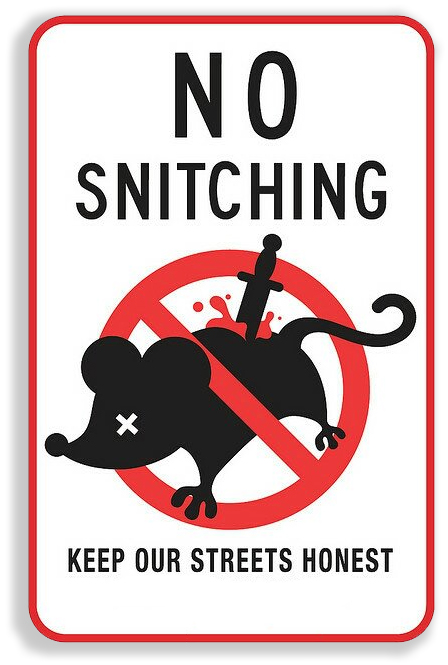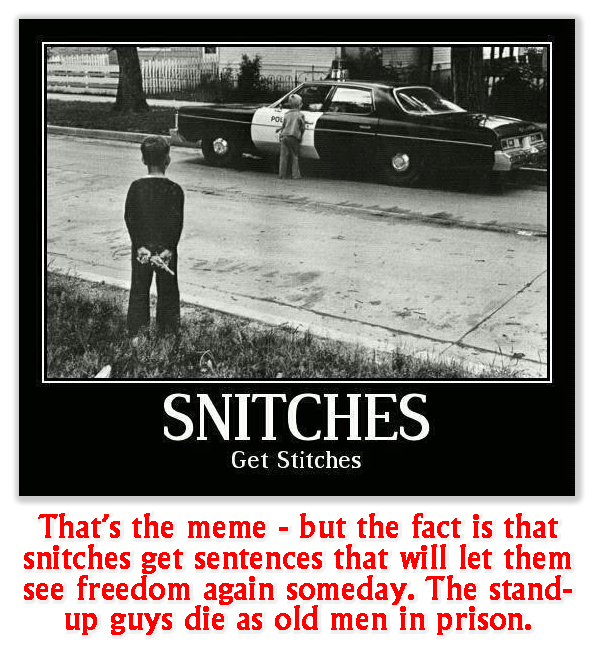We post news and comment on federal criminal justice issues, focused primarily on trial and post-conviction matters, legislative initiatives, and sentencing issues.

PEELING THE COMPASSIONATE RELEASE ONION
 A trio of appellate decisions last week – two from the 10th and one from the 4th – continue to peel away the uncertainty from the scope of 18 USC § 3582(c)(1)(A)(i) sentence reduction and the factors relevant to whether a reduction will be granted or denied.
A trio of appellate decisions last week – two from the 10th and one from the 4th – continue to peel away the uncertainty from the scope of 18 USC § 3582(c)(1)(A)(i) sentence reduction and the factors relevant to whether a reduction will be granted or denied.
You recall that 18 USC § 3582(c)(1)(A)(i) permits the district court that sentenced a defendant to reduce the sentence at any time if the defendant can show “extraordinary and compelling” reasons for doing so, if the reduction is consistent with Sentencing Commission policy statements, and if the reduction is not too much of an affront to the factors listed in 18 USC § 3553(a) that a court is to consider at sentencing.
First, the 10th Circuit joined the 4th in holding that district courts are entitled to broadly interpret “extraordinary and compelling” reasons for granting compassionate release. In two decisions, the 10th reversed district court holdings that the fact Congress had not made First Step Act drug and § 924(c) sentencing changes retroactive does not mean that those changes cannot figure in a compassionate release motion.
Malcom McGee was sentenced to mandatory life back in 2000 for a drug trafficking offense, the stratospheric minimum sentence because he had prior state convictions for drug use and sale. Section 401 of the First Step Act cut the mandatory life minimum in 21 USC § 841(b)(1)(A) to 25 years, but Congress decided against making the change retroactive (a sop Senate Majority Mitch McConnell (R-Kentucky) threw Sens Ted Cruz (R-Texas), Tom Cotton (R-Klingon Empire) and their fellow troglodytes who thought there was nothing wrong with forcing someone sentenced on December 20, 2018, to get life while someone being sentenced two days later to get 25 years).
 Because First Step did not make the mandatory minimum change retroactive, Malcom found himself in the middle: Congress didn’t cut him a break, and the district court said it could not use compassionate release to grant him a sentence reduction because of Congress’s refusal to apply retroactivity.
Because First Step did not make the mandatory minimum change retroactive, Malcom found himself in the middle: Congress didn’t cut him a break, and the district court said it could not use compassionate release to grant him a sentence reduction because of Congress’s refusal to apply retroactivity.
The 10th Circuit disagreed:
“The plain text of § 401(c) of the First Step Act makes clear that Congress chose not to afford relief to all defendants who, prior to the First Step Act, were sentenced to mandatory life imprisonment under § 841(b)(1)(A). But nothing in § 401(c) or any other part of the First Step Act indicates that Congress intended to prohibit district courts, on an individualized, case-by-case basis, from granting sentence reductions under § 3582(c)(1)(A)(i) to some of those defendants…The possibility of a district court finding the existence of “extraordinary and compelling reasons” based, in part, on a defendant’s pre-First Step Act mandatory life sentence under § 841(b)(1)(A) does not, in our view, necessarily usurp Congressional power.”
Two days later, the 10th Circuit shut down government arguments in another compassionate release case. Kepa Maumau was convicted of three stacked § 924(c) convictions, receiving a 55-year sentence. The district court granted him compassionate release based on the First Step Act’s change of § 924(c) which was to not impose the 25-year sentence for a subsequent § 924(c) conviction unless the defendant had already been convicted of a prior one. The court also considered Kepa’s youth at the time he committed the crimes and his rehabilitation in prison.
But Kepa stayed in prison because the government appealed, arguing that the U.S. Sentencing Commission alone, not the courts, has power to determine what constitutes an extraordinary and compelling reason for compassionate release. What’s more, the government complained, a district court has no authority to grant compassionate release based on its disagreement with the length of a mandatory sentence.
 The Circuit bluntly rejected these arguments, holding that the government’s “underlying premise is incorrect. Nothing in the district court’s decision indicates that the district court granted relief to Maumau based upon its general disagreement with the mandatory sentences that are required to be imposed in connection with § 924(c) convictions. Nor was the district court’s decision based solely upon its disagreement with the length of Maumau’s sentence in particular. Rather, the district court’s decision indicates that its finding of “extraordinary and compelling reasons” was based on its individualized review of all the circumstances of Maumau’s case and its conclusion “that a combination of factors” warranted relief, including: “Maumau’s young age at the time of” sentencing; the “incredible” length of his stacked mandatory sentences under § 924(c); the First Step Act’s elimination of sentence-stacking under § 924(c); and the fact that Maumau, “if sentenced today… would not be subject to such a long term of imprisonment.”
The Circuit bluntly rejected these arguments, holding that the government’s “underlying premise is incorrect. Nothing in the district court’s decision indicates that the district court granted relief to Maumau based upon its general disagreement with the mandatory sentences that are required to be imposed in connection with § 924(c) convictions. Nor was the district court’s decision based solely upon its disagreement with the length of Maumau’s sentence in particular. Rather, the district court’s decision indicates that its finding of “extraordinary and compelling reasons” was based on its individualized review of all the circumstances of Maumau’s case and its conclusion “that a combination of factors” warranted relief, including: “Maumau’s young age at the time of” sentencing; the “incredible” length of his stacked mandatory sentences under § 924(c); the First Step Act’s elimination of sentence-stacking under § 924(c); and the fact that Maumau, “if sentenced today… would not be subject to such a long term of imprisonment.”
Kepa went home last Friday.
Finally, the 4th Circuit handed Ryan Kibble a loss, but in an opinion interesting for its concurring opinion discussing § 3553 factors. Ryan was locked up at FCI Elkton, a notorious BOP COVID-19 hotbed, for 87 months after a conviction for soliciting sex from a female cop (whom Ryan thought was a 14-year old girl).
One of the sentencing factors set out in § 3553(a) is that the sentence be “just punishment” for the offense. District courts have grappled with § 3582(c)(1)(A)’s directive that they “consider[]” the § 3553(a) factors, and more than one has said it already applied the factors at sentencing, and it would stand on its previous position.
 But “[s]ection 3582(c)(1) necessarily envisions that the § 3553(a) factors may balance differently upon a motion for compassionate release than they did at the initial sentencing,” Chief Judge Roger Gregory wrote in his concurrence. “An individual requesting compassionate release will, in all cases, be serving a sentence that a district court once held was ‘sufficient but not greater than necessary’. If a district court’s original § 3553(a) analysis could always prove that a sentence reduction would intolerably undermine the 3553(a) factors, then 18 U.S.C. § 3582(c)(1) would, in effect, be a nullity. There is good reason to believe that, in some cases, a sentence that was “sufficient but not greater than necessary” before the coronavirus pandemic may no longer meet that criteria. A day in prison under the current conditions is a qualitatively different type of punishment than one day in prison used to be. In these times, drastically different. Some facilities house inmates who now serve their sentences knowing that they are not equipped to guard against a virus that may result in serious illness or death. Other facilities keep COVID-19 at bay by placing inmates in solitary confinement, ending prison programs, restricting visitation, and limiting access to nonessential medical care… These conditions, not contemplated by the original sentencing court, undoubtedly increase a prison sentence’s punitive effect.”
But “[s]ection 3582(c)(1) necessarily envisions that the § 3553(a) factors may balance differently upon a motion for compassionate release than they did at the initial sentencing,” Chief Judge Roger Gregory wrote in his concurrence. “An individual requesting compassionate release will, in all cases, be serving a sentence that a district court once held was ‘sufficient but not greater than necessary’. If a district court’s original § 3553(a) analysis could always prove that a sentence reduction would intolerably undermine the 3553(a) factors, then 18 U.S.C. § 3582(c)(1) would, in effect, be a nullity. There is good reason to believe that, in some cases, a sentence that was “sufficient but not greater than necessary” before the coronavirus pandemic may no longer meet that criteria. A day in prison under the current conditions is a qualitatively different type of punishment than one day in prison used to be. In these times, drastically different. Some facilities house inmates who now serve their sentences knowing that they are not equipped to guard against a virus that may result in serious illness or death. Other facilities keep COVID-19 at bay by placing inmates in solitary confinement, ending prison programs, restricting visitation, and limiting access to nonessential medical care… These conditions, not contemplated by the original sentencing court, undoubtedly increase a prison sentence’s punitive effect.”
United States v. McGee, Case No. 20-5047, 2021 U.S. App. LEXIS 9074 (10th Cir. March 29, 2021)
United States v. Maumau, Case No 20-4056, 2021 U.S. App. LEXIS 9510 (10th Cir. April 1, 2021)
United States v. Kibble, Case No 20-7009, 2021 U.S. App. LEXIS 9530 (4th Cir. April 1, 2021)
– Thomas L. Root


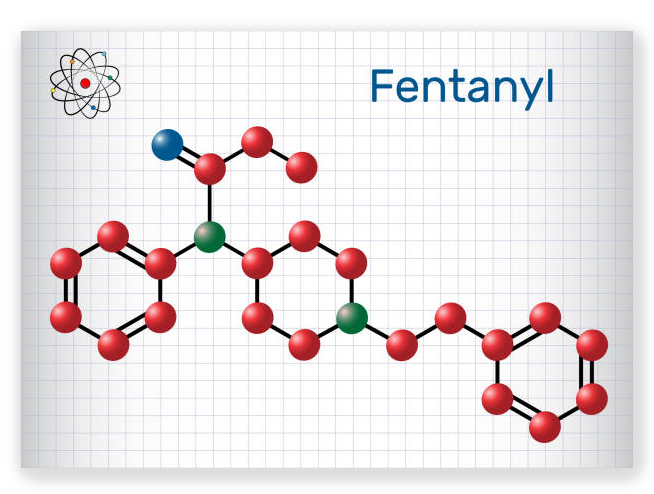 In 2018, the Drug Enforcement Agency temporarily placed an entire class of compounds with chemical structures similar to fentanyl on the Schedule 1 list of drugs prohibited by federal law. Fentanyl analogs vary in potency, but even a trace of any of these compounds in a batch of drugs can trigger a lengthy mandatory minimum prison sentence.
In 2018, the Drug Enforcement Agency temporarily placed an entire class of compounds with chemical structures similar to fentanyl on the Schedule 1 list of drugs prohibited by federal law. Fentanyl analogs vary in potency, but even a trace of any of these compounds in a batch of drugs can trigger a lengthy mandatory minimum prison sentence. “The Biden administration and leaders of Congress are faced with their first major test of criminal justice reform… if they choose to extend this Trump-era policy, it will increase mass incarceration and the over-policing and incarceration of people of color,” said Hilary Shelton, a policy director at the NAACP, during a call with reporters on Monday.
“The Biden administration and leaders of Congress are faced with their first major test of criminal justice reform… if they choose to extend this Trump-era policy, it will increase mass incarceration and the over-policing and incarceration of people of color,” said Hilary Shelton, a policy director at the NAACP, during a call with reporters on Monday.












